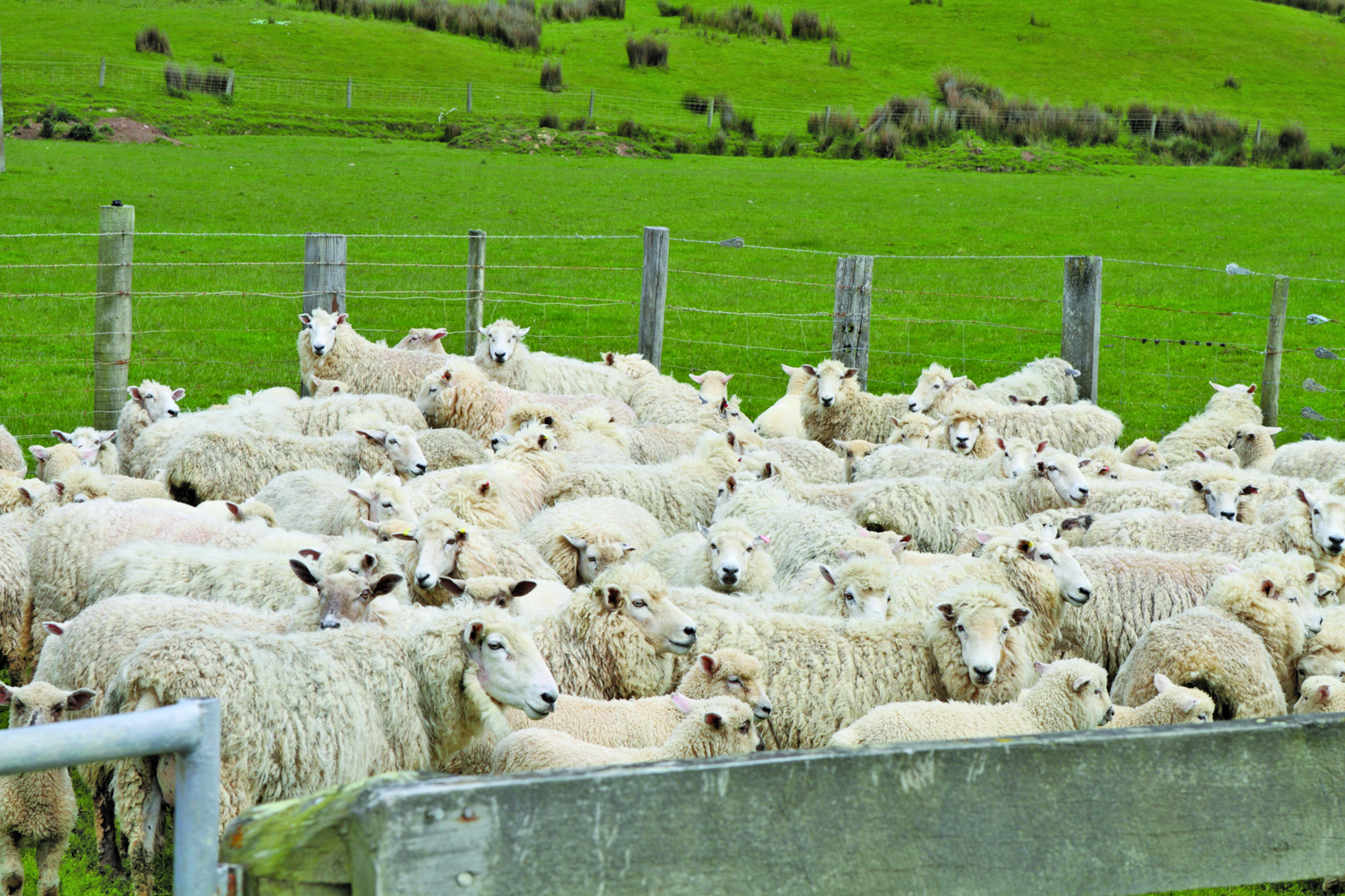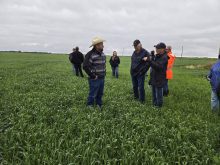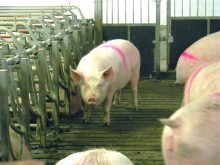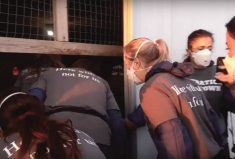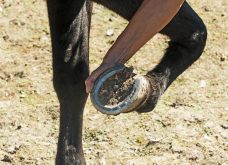Anita O’Brien says saving a few minutes here and there during the day really adds up over the course of a year

 A good handling facility for sheep is well worth the investment, says veteran sheep producer Anita O’Brien.
A good handling facility for sheep is well worth the investment, says veteran sheep producer Anita O’Brien.
Read Also

Pig transport stress costs pork sector
Popular livestock trailer designs also increase pig stress during transportation, hitting at meat quality, animal welfare and farm profit, Agriculture and Agri-Food Canada researcher says
“Handling facilities don’t have to be fancy, just effective,” O’Brien said at the recent Alberta Sheep Breeders Association conference.
The producer, who runs 425 ewes on her pasture-based operation in Ontario, estimates her facility saves her 45 minutes a day — or nearly 40 hours over the course of a year.
For example, having a digital scale allowed her to increase the number of lambs she can weigh to 170 per hour from 80, said O’Brien, a former sheep and goat specialist with the Ontario Ministry of Agriculture who has been working with sheep for 25 years. Having a visible permanent mark on sheep also saves time when handling them, she said.
A good facility goes hand in hand with an effective cull strategy in creating an efficient operation, she said.
Detailed records allow her to identify poor performers, such as ones that have parasite problems and need to be dewormed several times a year. O’Brien uses pregnancy scans and culls every ewe that does not get pregnant or raise a lamb. Ewes are also culled for age, broken teeth, inadequate udders, or the inability to maintain body condition. Ear notches are used to mark cull sheep.
“Once that’s done, I don’t check the records to know if she was a good ewe in the past,” said O’Brien. “She’s a cull today. This makes it easier and allows you to not get involved in the emotions. This sounds heartless and ruthless, but it works for our system.”
The reasons for culling are recorded to highlight potential problems in the flock. Ewes that need extra help at lambing time are bred to terminal sires, so their genetics are not kept in the flock.
“All those lambs off of her are going to the market,” she said.
Ewes are broken into ideal group sizes for lambing, and O’Brien synchronizes her ewes and lambs out over shorter, tighter time periods.
“One of our big expenses in our breeding system is what we’re paying for rams,” she said. “I strongly believe one of the easiest ways of managing lambing time labour is to pull the rams out. Set it out for what works for you, and then be committed to pulling the rams out of the ewes so you don’t have stragglers for weeks and weeks after lambing should be over.”
Rams on her operation are usually left with ewes for two cycles or approximately 34 days. This translates to a lambing period of 40 days, making management throughout the rest of the year easier as lambs can be in much tighter groups, she said.
To save time and labour, O’Brien tries to restrict the use of feeding pails in her operation, and she recommends raised feeding floors or feeders that are easily accessible from a barn alley. Communal hay feeding that covers four lambing jugs or small areas are also efficient.
An automated watering system, preferably one that provides ewes with constant access, is a good investment and saves labour, particularly at lambing time. O’Brien matches forage storage to the flock size and picks bale sizes that best suit the needs of the flock. Her animals stay on pasture for as long as possible. Lastly, she said she is a big believer in using herding dogs to save labour.





